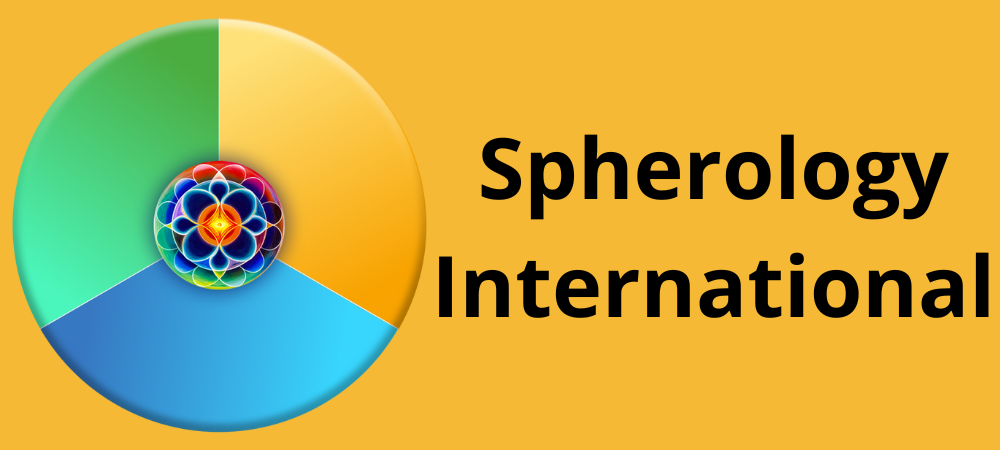About Spherology

The theory and practice of Spherology was introduced in 1998 by Karen Hannah, a New York City-born, Atlanta-based psychotherapist. After a 20-year Mental Health services career, both in hospital and community-based settings, she began full-time private practice. Private practice created opportunities to further develop, teach, and implement the Spherology model. Over 30,000 hours of direct client services have been provided by Karen Hannah since the inception of Spherology. Due to its wide acceptance by a broad range of clients, Spherology is now available online to assist individuals in their personal growth journeys. Licensed Professionals can also enroll in our Professional Track to apply Spherology in their clinical practices.
One of the most striking differences between Spherology and other theories is its comprehensive and integrative nature. Comprehensive, in the sense that, the model provides resources for approaching all aspects of living, including one’s inner life, one’s relationships, tasks and lifework, as well as one’s physical health and well-being. As students of Spherology learn to balance these primary aspects, they express having a greater sense of meaning and purpose in their lives. These aspects of living are clearly diagrammed in a user-friendly manner so that clients and psychotherapists alike can objectively evaluate how they function in each area. Regarding Spherology’s integrative nature, you will notice an intriguing blend of characteristically Eastern thought, which primarily emphasizes “mindfulness” and nonattachment to the concept of “self” alongside a systematic approach typically associated with Western practices.
Spherology deemphasizes medical diagnoses of psychopathology, which encourages growth in a more positive and holistic manner. Diagnoses, for which someone may be receiving psychiatric and/or psychopharmaceutical treatment, are addressed from the context of developmental “imbalances.” Many students of Spherology who rely on their Mental Health services team for counseling and medication management find that the principles and practices learned through Spherology are entirely compatible with these other resources. In our Professional Track, therapists learn how particular diagnoses correlate with variations of Sphere configurations.
This re-framing of the concept, “psychopathology” to “imbalance,” is based on the unwavering belief that growth and change are possible. The excesses and deficits that may appear in your individual Sphere can be shifted by applying the tools of Spherology. Balancing the Sphere occurs through your own observation and awareness rather than adhering to ideas of what is right/wrong, healthy/unhealthy, and other dualistic formulas. This will become clearer as you progress through the course.
Furthering the fundamentally non-judgmental basis of Spherology, all behavioral, emotional, and psychological traits are viewed on continuums rather than as static traits that characterize someone’s personality. In fact, the notion of a fixed personality is completely inconsistent with this model. Therefore, the idea of a person being inherently “cold” vs. “loving” or “passive” vs. “bossy” does not exist. Similarly, the idea of a person being inherently “industrious” vs. “lazy” does not exist. Within each aspect of the Sphere, there are traits that, when placed on a continuum, range between two extremes (or polarities). Generally, people tend to lean toward one extreme or the other, with these tendencies becoming more pronounced when they are ill or under stress. However, each person is considered capable of gravitating toward the middle of any given continuum, thereby experiencing and expressing thoughts, feelings, and behaviors that are more balanced. As you become familiar with Spherology, you will learn how to recognize and work with the unlimited range of traits that can be placed on continuums.
Imbalances are influenced by many factors, such as biological temperament, value systems, social learning, traumatic experiences, accomplishments, cultural norms, and religious beliefs, to name a few. If you’ve been involved in therapy, whether through self-help or more formally with a counselor, you have probably explored many of these factors. While gaining insight into underlying reasons for imbalances can be highly transformative, the lens of Spherology is somewhat different. You will discover it is focused on helping you acquire observation skills that ultimately contribute to increased balance. This view releases people from becoming stuck in narratives that they believe they are unable to change.
There are three levels of Spherology training: Basic and Advanced (which are appropriate for both laypersons and counseling professionals) and the Professional Track (for Licensed Psychotherapists). Students can begin with the Basic program to get acquainted with Spherology and later go on to take the Advanced level or register for the combined Basic and Advanced programs at the same time. Individuals who are interested in the practice and clinical application of Spherology will meet specific criteria, including a Master’s Degree in one of the Behavioral Sciences, and be actively employed or self-employed in a counseling setting.

Karen Hannah Havasu Falls Hike 9/2023
